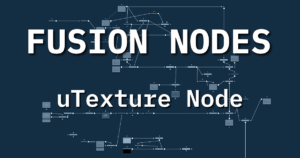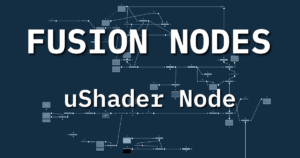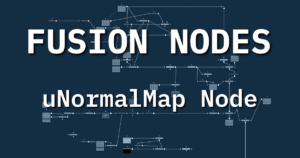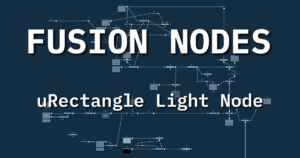Mastering Data Burn-In in DaVinci Resolve: Timecode, Watermarks & Overlays
DaVinci Resolve’s Data Burn-In feature offers a powerful way to display select metadata directly over your video image. This “window burn” is visible in the Viewer and is also written into files you render, or output to external displays.
Unlike traditional overlays that exist as elements on your timeline, Data Burn-In operates independently. This separation makes it incredibly easy to add or remove from a given timeline’s output with a single click on the Deliver page.
Why Use Data Burn-In?
While historically used for reference on offline media, Data Burn-In is extremely flexible in modern post-production workflows. It can be used for:
- Watermarking Review Files: Add custom text or graphics (like logos) to protect your work.
- Temporary Information Display: Quickly show timecode, clip names, or other data while editing, mixing audio, or reviewing graded footage.
Getting Started: Opening the Window
To access the Data Burn-In settings window, navigate to:
Workspace > Data Burn-In
Note: This option may appear grayed out if you are currently on the Cut page. Simply switch to a different page, such as the Edit, Color, or Fusion page, to enable the Data Burn-In window option.
Project vs. Clip Mode
At the top of the Data Burn-In window, you can choose between two modes:
- Project: Applies one set of burned-in metadata for the entire duration of the timeline.
- Clip: Allows you to edit and apply burned-in metadata on a clip-by-clip basis.
You can even combine these modes, having timeline-wide settings applied while also overriding settings for specific clips within that timeline.
Setting Up Your Burn-In
Setting up the information you want to display is straightforward:
- In the Data Burn-In window, ensure you have selected either Project or Clip mode at the top.
- In the “Add to Video Output” column, turn on the checkboxes for each item of metadata you wish to display.
- The first item you enable will be positioned centered near the bottom of the frame. Each subsequent item selected will be automatically stacked above the ones already enabled, regardless of its position in the list.
- To customize the appearance or parameters of an enabled item (like font, size, position, etc.), click on the item’s name in the list to highlight it. The Custom Output parameters panel on the right will then become active, allowing you to make adjustments.
Saving and Loading Presets
If you frequently use similar burn-in configurations, you can save them as presets. Use the Option menu within the Data Burn-In window to save a new preset or load previously saved ones.
The Key Advantage: Control Over Render
Perhaps the biggest benefit of Data Burn-In is how easily it integrates into your render workflow without cluttering your edit timeline. Since the burn-in data isn’t an element placed on the timeline, you control its presence entirely on the Deliver page.
With a single click in the render settings on the Deliver page, you can choose to enable the burn-in for your output files (useful for review copies). When you are ready to render the final version of your project without any burn-in visible, you simply change this one setting, and all burn-in data will be automatically removed from the rendered file.
This separation and simple control make Data Burn-In a non-destructive and efficient tool for adding essential visual information to your video output in DaVinci Resolve.











Start the discussion at postprolist.com